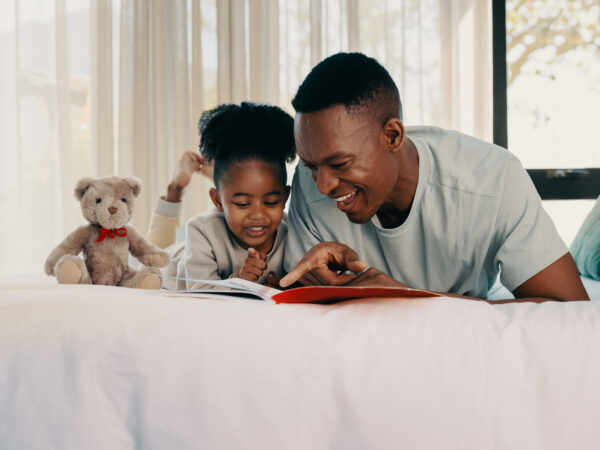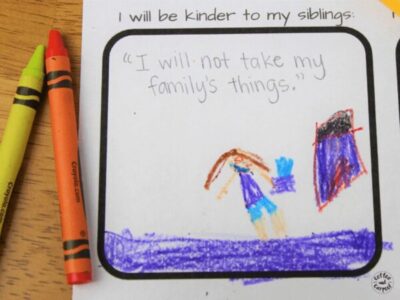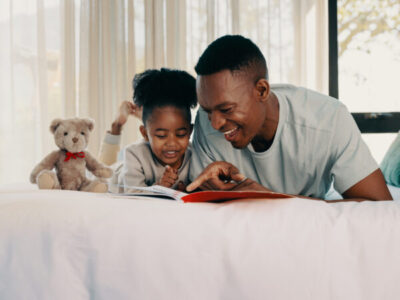
Your Little Explorer is a Scientist Too!
The following is provided by the Texas A&M Institute for Early Childhood Development & Education
Children are natural explorers, always asking questions like “Why?”, “How does that work?” and “What happens if…?” These curious questions are the first steps toward scientific thinking. Curiosity is a powerful tool for learning, and families nurture their child’s scientific interests every day. Science concepts and activities don’t just teach kids about the world; they also build skills like problem-solving, critical thinking, and a love of learning. Children develop language, literacy, and social skills when discussing what they see, guessing how things work and sharing their creative ideas.
Here are some easy and fun science and literacy activities you can engage in with your child:
Sink or Float
Gather some small household items like a bowl, a sponge, a coin, a paperclip, a plastic bottle cap, or a toy. Ask your child to guess which ones will sink or float in a bowl of water. Then, test each item together. Encourage your child to describe what happened and why. This simple game sparks curiosity and helps children develop language while they explain their thoughts. As an extension, provide children with crayons and paper and encourage them to draw or write which items floated or sank to document the results of their scientific test.
Nature Walk and Storytelling
Go for a walk and collect things like leaves, rocks, or pine cones. Then, help your child tell or write a story about the adventure using the items they found. Maybe the leaf is a boat, or the rock is a mountain in their story. This activity combines science, imagination, and language skills.
Baking Together
Baking is a great way to explore science! Let your child help measure, mix ingredients, and follow directions in a recipe, then watch what happens in the oven. Talk about how the ingredients look, feel, taste, smell, and change. You can even make a simple recipe book together with pictures or drawings to promote writing.
Weather Journal
Every day, look outside and talk about the weather. Is it sunny, rainy, windy? Talk about what clothes will work well for the weather. Together, draw a picture or write a sentence about what the weather looks like and how the weather might influence you (e.g., wear a raincoat or sunscreen). Over time, you both have created a weather diary that helps your child practice observing, writing, and critical thinking. Checking out a weather book from the library can offer children more ideas about how weather impacts them.














